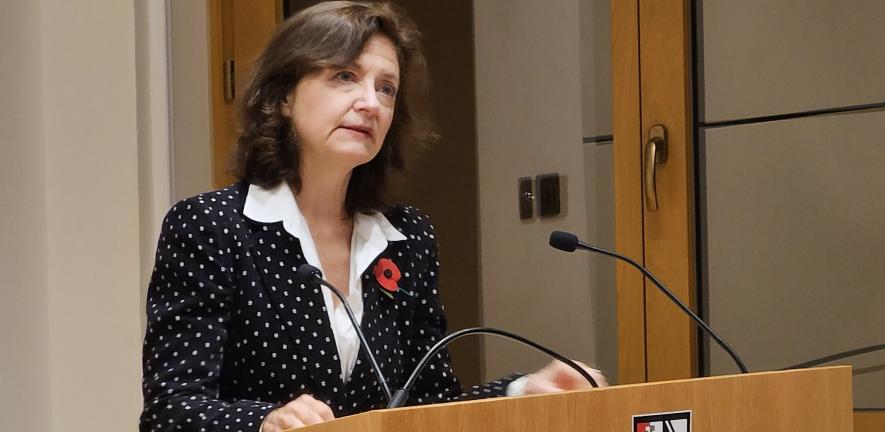
source: www.cam.ac.uk
On Wednesday 8th November Vice-Chancellor Professor Deborah Prentice chaired the first Vice-Chancellor’s Dialogues. The event launched a series of dialogues about some of the most difficult issues of our time.
There are two purposes to these events. The first, is to establish whether there is any common ground between people who may seem to be far apart. If we are to make progress in legislation or in understanding the world we live in, we need to identify where we agree as well as where we disagree. The second, is to ensure discussions involve the widest range of viewpoints – that nothing, within the law, is taboo and that freedom of speech and of thought, and of academic debate, is upheld.
The first event tackled, literally, a matter of life and death: the question of whether assisted dying is compassionate, or dangerous for society.
The speakers were:
- Dr Jonathan Romain, who was appointed Chair of Dignity in Dying, the UK’s leading campaign for a change in the law on assisted dying, in June 2023
- Dr Amy Proffitt, who spoke for Dying Well, the group promoting access to excellent care at the end of life and standing against the legalisation of assisted suicide
- Dr Zoë Fritz, a Wellcome fellow in Society and Ethics at the University of Cambridge, and a Consultant Physician in Acute medicine at Addenbrooke’s Hospital. She works with colleagues in the Faculties of Law and Philosophy to ensure solutions are philosophically grounded and legally robust, as well as clinically practical and acceptable to all stakeholders.
The full recording can be viewed on the University YouTube channel.
The text in this work is licensed under a Creative Commons Attribution-NonCommercial-ShareAlike 4.0 International License. Images, including our videos, are Copyright ©University of Cambridge and licensors/contributors as identified. All rights reserved. We make our image and video content available in a number of ways – as here, on our main website under its Terms and conditions, and on a range of channels including social media that permit your use and sharing of our content under their respective Terms.